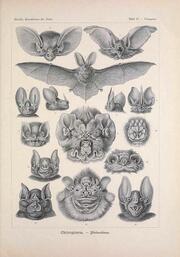|
Optimism seems to be in short supply these days.
However, 22 April is Earth Day and this year recognition seems particularly poignant as the globe is held captive by a pandemic. I want to use it to share some good news from across this remarkable planet.
Amid this global health crisis, humanity is slowing down for the first time in decades. The result? A drastic reduction of gas emissions. Right now, it's easy to see the impact our rampant human activity has on the planet.
Before the COVID-19 outbreak, 2020 travel trends suggested a more mindful approach to travel. 2019 saw peaks in overtourism, the significant mobilisation of the flygskaam movement to curb carbon emissions, an ever-growing consciousness in food origins and continued calls for sustainable business practices.
As most of the world stays home, I believe (admittedly optimistically) that the global lockdowns, and travel restrictions serve to escalate this thinking. As small businesses take a knock, local travellers are sure to have a greater awareness, sense of responsibility and appreciation for what we all took for granted.
As Andrew Evans put it in an article for NBC News: "We have never been so connected as a world, and we have never been more isolated than most of us are right now. We will get back to traveling, but when we do, we have to do it right". Post-pandemic, I'd love to see more regional travel that fuels the Southern African economy. Greater support for locally-owned businesses, plus adventures that bolster local tour guides and champions that uphold careful conservation practices. Check this out: How can we be sustainable post COVID-19? Reasons to plan a responsible travel trip to Africa
There are a host of positive reasons to keeps us dreaming and inspired.
Somewhere, somehow, we're doing something right. Let's do even better. 1. The Black rhino population is up
Somehow, this snippet of good news slipped under the radar. The IUCN recently reported that the African Black Rhino population is slowly increasing as conservation efforts counter the persistent threat of poaching.
This enigmatic species remains Critically Endangered, but between 2012 and 2018, the Black Rhino (Diceros bicornis) population across Africa has grown from an estimated 4845 to 5630 animals in the wild. A modest annual rate of 2.5%.
Travel for good: Namibia has the largest unfenced population of Black Rhinos in Africa. There are various outfits where you can try tracking them in the desert wilds and help support this conservation effort. Join Wilderness Safaris at Desert Rhino Camp in the Palmwag Concession and join the trackers who patrol and protect desert-adapted black rhino. If you're on a budget, it's possible to camp at Palmwag lodge with the Gondwana Collection and join their rhino tracking offering.
2. Victoria Falls is set for a bumper water level year
Mosi oa Tunya is manifesting its name right now. As the Zambezi River rises, the smoke is thundering. At the moment, the water levels are 32.6% up from the most recent five-year average and 175.6% higher than last year's figures. After damning (and frankly, almost fictitious reportage) about the falls drying up from highly-respected media last year, it's flipping great to see Victoria Falls proving them wrong.
Travel for good: Victoria Falls is the birthplace of tourism in Zimbabwe. Tourism is not only essential to this town, but it was designed for it. Thanks to its sightseeing-friendly construction, the town is still small today, easy to walk around as a visitor and has grown into one of Africa's premier adventure destinations. Visitors still streamed to town over a century later. I can't wait to have that mighty spray soak into my skin. Here's how to weekend in Zimbabwe's Victoria Falls like a pro.
3. After two years of drought, the Okavango Delta is set to welcome water
Excellent rains have fallen in Angola and reports are coming in thick and fast from lodges in the Delta (supported by data from Hydrology Services in Namibia) that the Okavango River is rising steadily.
2020 flood levels are at their highest compared to the past five years. On the 24 February 2020, the levels read 7.06m at Rundu at the tip of the Okavango Delta - in 2019 it measured at 5.14m and the average per year is around 5.59m.
Travel for good: Thanks to Botswana's visionary approach to conservation through responsible tourism National Geographic highly rates the Okavango Delta as a destination doing tourism right. Here's what it's like inside a responsible Botswana safari.
4. Speaking of Angola, the country has a thrilling new addition to cabinet
Angola has just welcomed its youngest Angola's Minister of Culture, Tourism and the Environment and her background is sure to inspire an epic adventure of your own. Adjany Costa is a scientist, Luanda local and my role model. She was also one of the braves who undertook a four-month journey – over 2400km by canoe – for the National Geographic Okavango Wilderness Project. The captivating trip documentary, Into the Okavango, follows the courageous crew of scientists (including Costa) who travel the riverine route illustrating how the Okavango Delta relies on Angolan rains.
After this adventure in 2015, she visited the Luchaze people of the Lisima lya Mwono Landscape in the Angolan highlands many times to work with them as the custodians of these grand forests. She has lived with these remote communities to understands their daily challenges. Costa's studies have a strong focus on building a bottom-up Community-Based Natural Resource Management Model (CBNRM). She worked to ensure that such management of the natural world also catered to the needs, beliefs, traditions and aspirations of the local Luchaze people, in Eastern Angola. Having such a woman (a 29-year-old to boot!) is a boon to Angola's wilderness and aim of growing tourism.
Travel for good: Angola has little in the way of tourism infrastructure, but hopefully, that is changing. In 2002, Operation Noah's Ark revived a barren Kissama National Park outside of Luanda. As of January 2020, the distinguished African Parks organisation now shares management of Iona National Park in the Namib desert – an encouraging move for one of Africa's most biodiverse countries. In the south, where some of the fiercest fightings took place, the Halo Trust is also clearing landmines to resettle both people, pachyderms and lasting peace.
Show support by planning a trip (you'll need a 4x4 though!). An outing to Kissama National Park is easily paired with a boat cruise on the Kwanza River. Book a trip with Eco-Tur in advance, 5. Durban stands as the greenest city in the world
Unlikely maybe? But true. At the and of 2019, Durban came out tops in the first Husqvarna Urban Green Space Index. The HUGSI Index is an AI-powered satellite solution to help decision-makers monitor the proportion and health of green spaces in cities across the globe. According to the vote, Durban has the highest percentage of urban green space and recognised the city for sustainability and greening initiatives aimed at safeguarding these spaces. Coupled with the news that Durban is now home to Africa's longest waterfront promenade, there are more reasons to visit.
Travel for good: Sticking to the promenade means you can easily explore the beachfront more responsibly - on foot. Walk, run or rent a bicycle. Also, visit the Green Hub and learn about Durban Green Corridors (a non-profit organisation that offers responsible eco-tours). Cross the bridge over the uMngeni River to visit a pocket of wilderness that straddles the city, the uMngeni Mangroves are magic.
6. Mountain Gorilla population numbers have also improved thanks to eco-tourism
While the world was going to hell, the Mountain Gorilla Population sneakily shifted seats on the IUCN Red List, from critically endangered to endangered.
That's not to say they are out of the proverbial woods yet though. There are over seven million people on this planet for each wild mountain gorilla. According to the most recent studies and a tough gorilla census, there are 1063 individuals left in the wild. Teams surveyed the Bwindi-Sarambwe ecosystem, which straddles the border between Uganda and the Democratic Republic of Congo and only studied one of the two populations of mountain gorillas living in eastern Africa.
Travel for good: This recovery is terrific news and proves the worth of eco-tourism to saving wilderness populations. Save up for that trip of a lifetime and see Mountain Gorillas in their natural habitat in either Uganda, Rwanda or in the Democratic Republic of Congo.
There are two ways to see Uganda’s mountain gorillas. Tracking gorillas ($700 per person, half the price of those in Rwanda) can take anything from three hours to a full day and allows a full hour with a gorilla family. There is also the gorilla habituation experience ($1500 per person), which is a full-day excursion and enables four hours alongside a gorilla family. It’s currently only available in the Rushaga district (near Gorilla Safari Lodge), but note: these families are less used to human encounters and move faster making for a tougher outing. Also, factor in the cost of a porter for $15, plus (generous) tips for the guides, trackers and porters. 7. De Hoop hopes to establish a new African penguin colony
Sadly, the African penguin is in trouble. The species, which only breeds in South Africa and neighbouring Namibia, numbered about 1.5–3 million in the early 20th century. That dropped to 300,000 by 1956, and numbers kept on falling. In 2018, just 15000 pairs were found breeding in South Africa. Luckily, Bird Life South Africa has a plan.
African penguin parents can't hunt farther than 40km, and with fish supplies dwindling around vital nesting sites, such as Boulders Beach, little ones start to starve. Hence, the African Penguin Relocation Project. Scientists and artist, Roelf Daling, are working together to create realistic cement decoy penguins in the hope of enticing passing seabirds to return to a new nesting site in De Hoop Nature Reserve site naturally.
The site sits inside a Marine Protected Area (more good news! South Africa increased protection of its continental waters to 5% within Marine Protected Areas, up from a mere 0.4%) near some of the last remaining sardine stocks. So far the fake penguins haven't convinced any wild birds to set up home, but penguins from SANCCOBB will soon be released here. Penguins tend to breed where they were raised. Here's hoping!
Travel for good: The De Hoop Collection sits inside the De Hoop Nature Reserve and stays true to its farmstead history. The old buildings have been magnificently restored into a range of accommodation options from self-catering cottages to entire manor homes. Expect king-size beds and essentials such as fireplace, heater and tea stations that keep the winter weather at bay.
Otherwise, check into the newest accommodation offering in the De Hoop reserve. Lekkerwater means ‘the place of good water’ and the luxurious, lodge-style beach experience comprises just seven rooms located on a stretch of exquisite shoreline. Natural Selection has also been working to understand the small Cape leopard population that frequent the area. Support SANCCOBB is as easy as buying a pair of sweet socks. What better way to do your bit on 25 April, World Penguin Day? Check this out: Decoy tactics: can fake concrete penguins save the real thing? 8. South Africans have been tracking sea turtles for over half a century
South Africa has the oldest turtle monitoring program in the world, clocking in at just over 50 years. Loggerheads and leatherback turtles return each year to nest on the sandy beaches of KwaZulu-Natal and monitoring is in place in the areas of highest density - between the Kosi Bay/Mozambique border and south towards Mabibi and Sodwana Bay.
Members of the local rural community are trained to monitor the nesting sites and in turn, this has been proved to help prevent poaching of the eggs (which, like rhino horn, have been attributed with medicinal value). This quiet, tropical coastline is a seriously underrated destination in itself, but during season, the presence of turtles swimming onshore makes it even more captivating.
Travel for good: Travellers can track turtles with registered guides, such as Pete Jacobs from Ufudu Turtle Tours in Sodwana, and learn more about this curious marine reptile. It's a timeless wonder to see this creature drag the load up a steep beach to lay eggs, or if you're lucky, find the hatchlings returning to sea.
Check this out: Where and when to go turtle tracking in KwaZulu-Natal here.
0 Comments
Leave a Reply. |


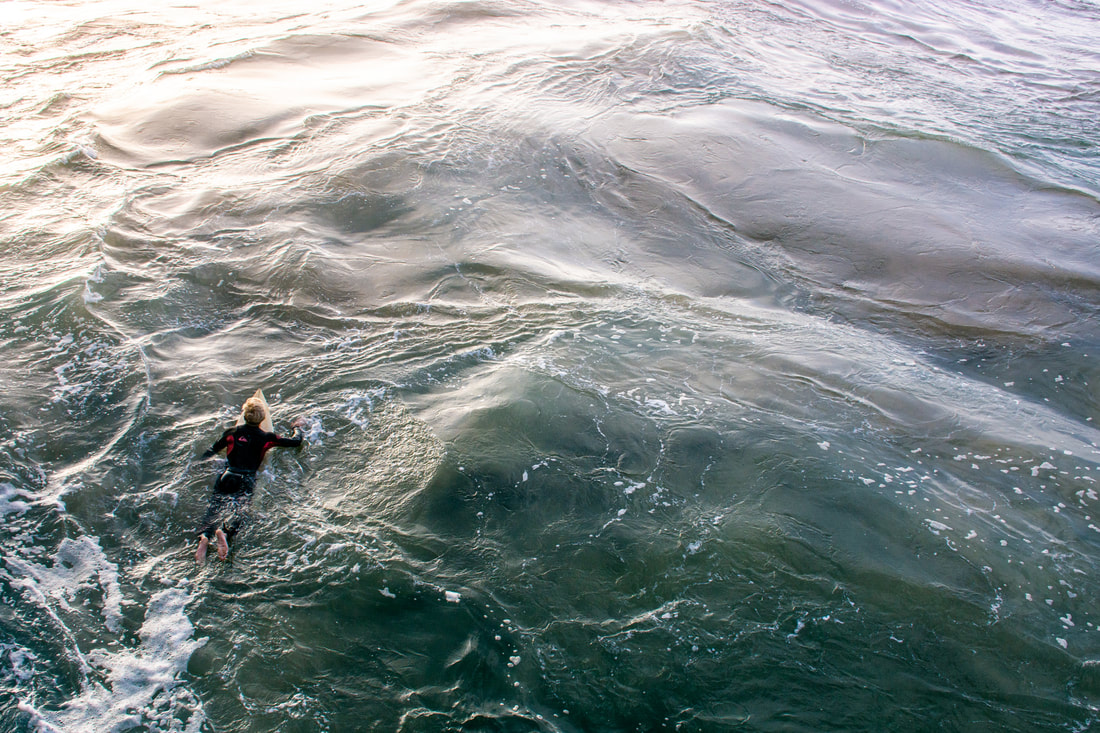





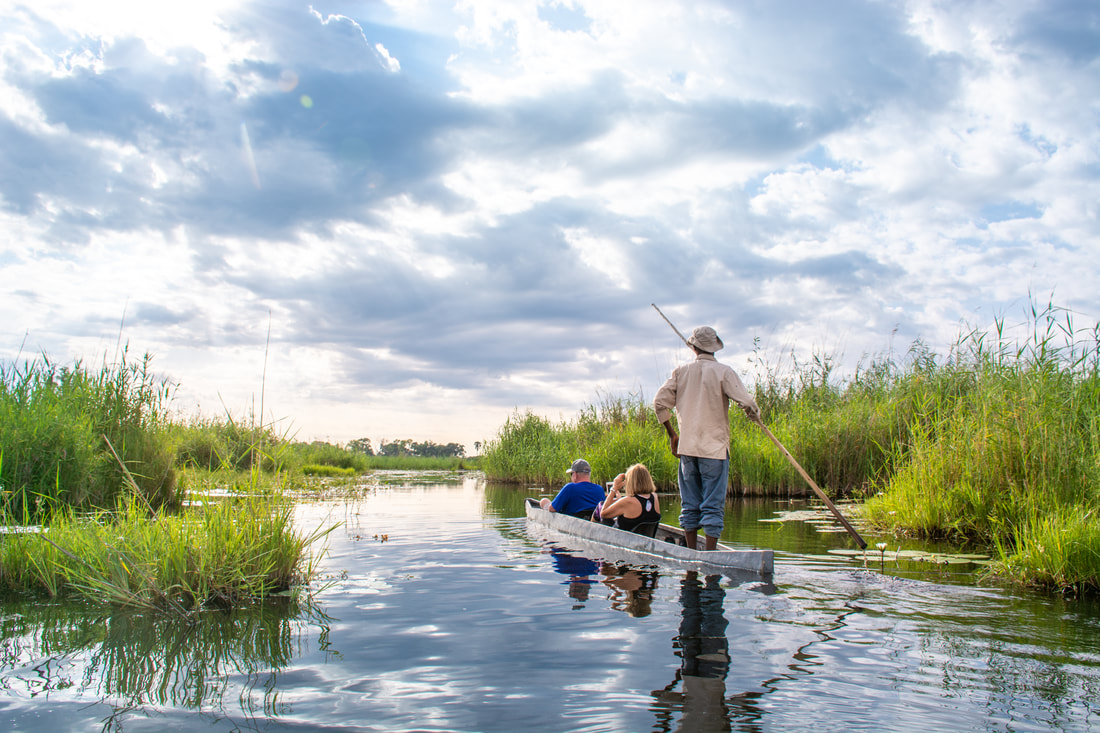







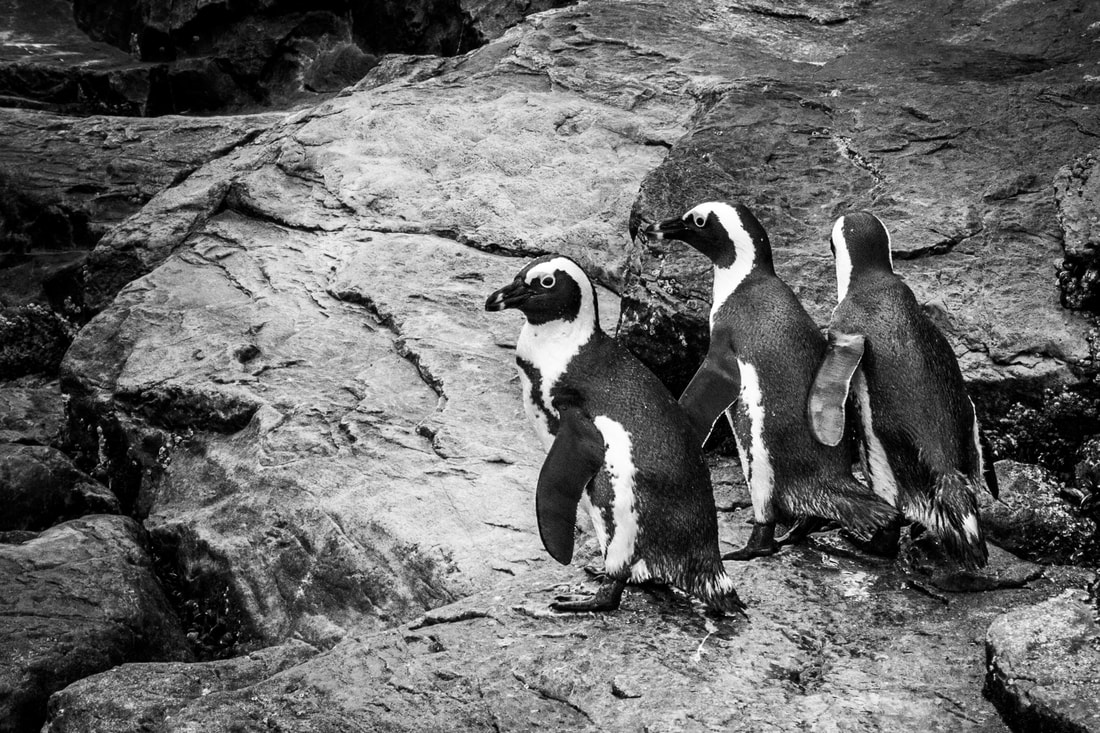



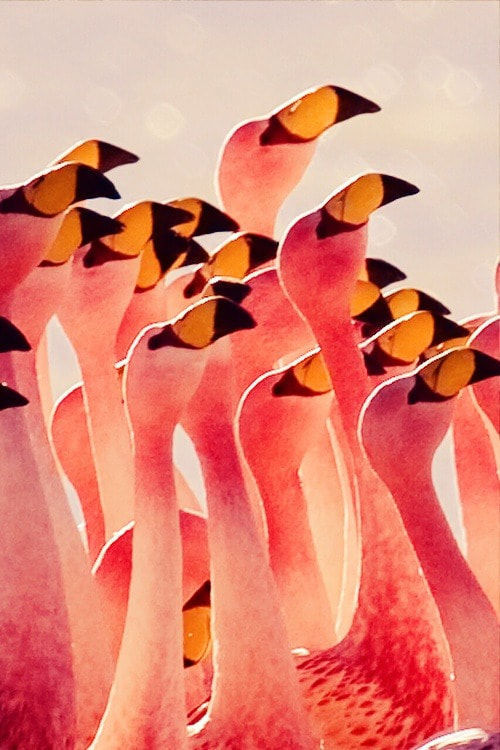
 RSS Feed
RSS Feed
